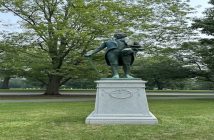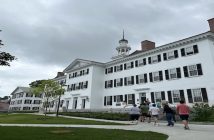Passing small towns in Massachusetts waved the American Flag just three days before the Fourth of July. Sunshine spilled down to the pavement in golden lines and large polka dots, coating each little house with a warm, summer sheen. It was a comfortable morning, and I was destined to walk into Williams College, the most celebrated liberal arts school in the United States.
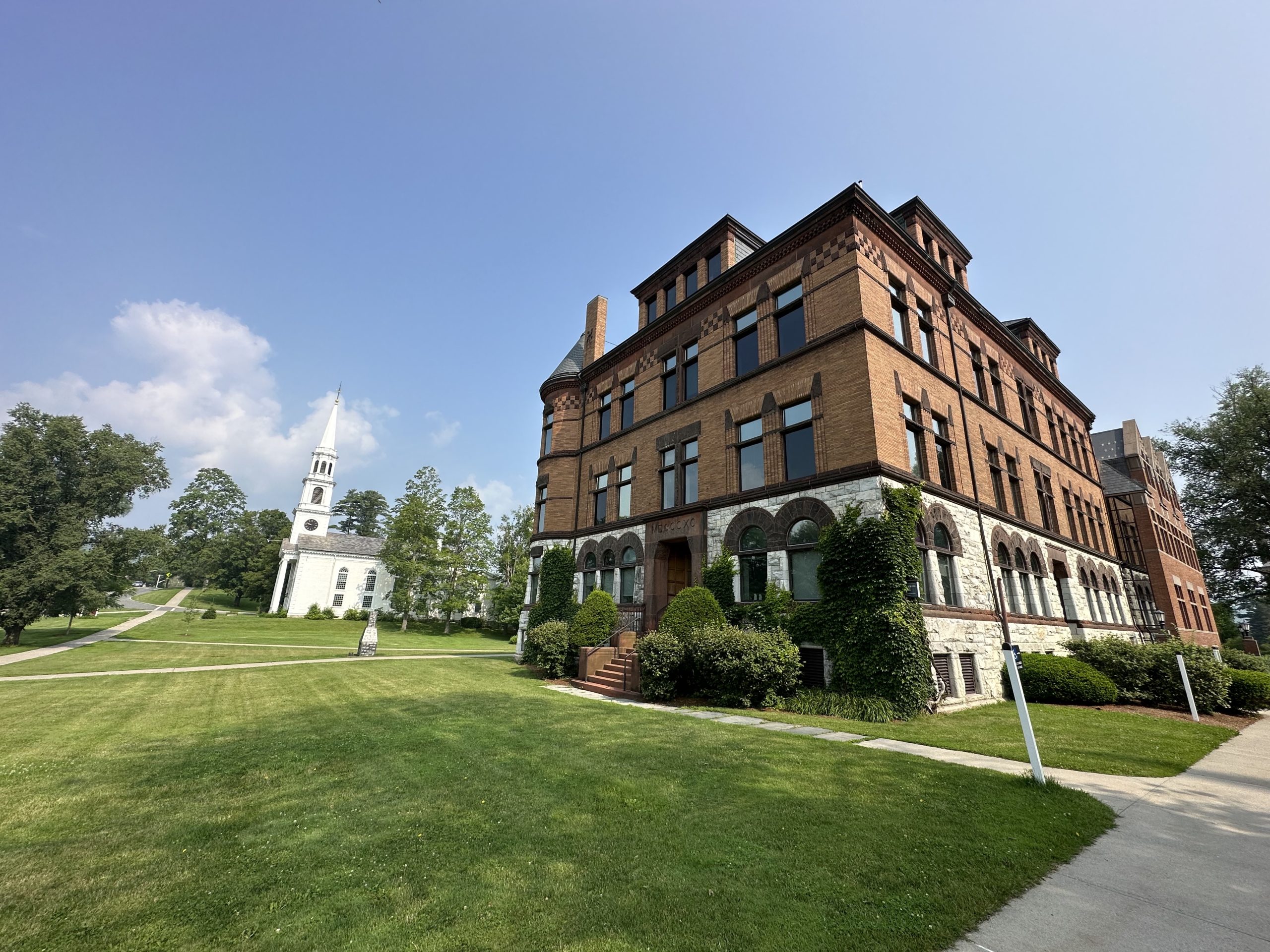
The expectations are high, but the reality was even higher. Located next to Williamstown, the campus had the most diverse range of architectural styles out of all the schools I visited: Victorian, English Georgian, Colonial Revival, Gothic, and Modern. The eclectic collection of buildings is standing milestones of William’s history, from the first founding of the college in the mid-19th century for pragmatic Yankees to the admission of preppy fraternity boys who inherited their parents’ conservative tastes in the 1950s to the hiring of Ralph Adams Cram, an architect who shaped Princeton University into a New England landmark, to the adoption of functional, modernized blocks.
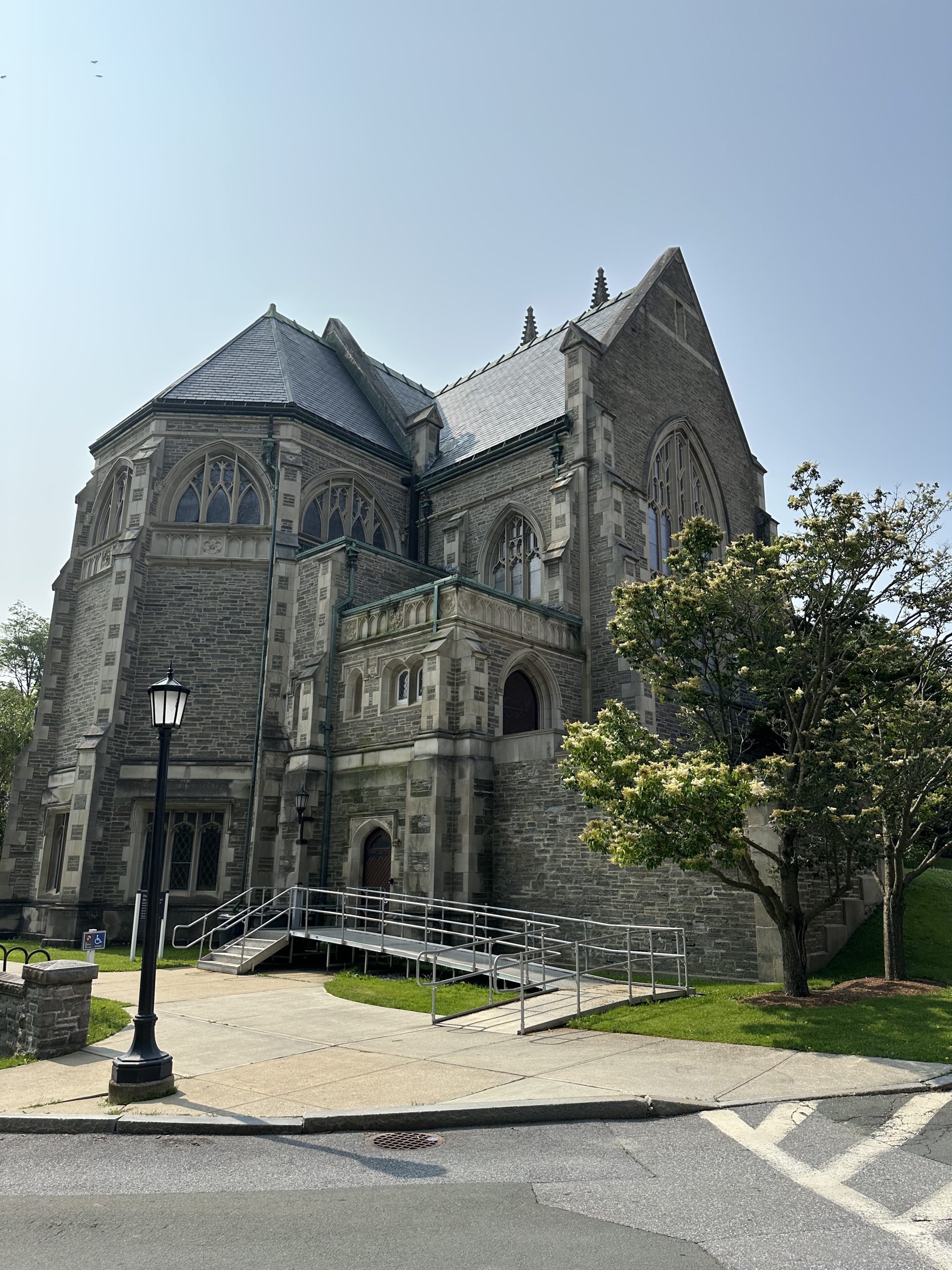
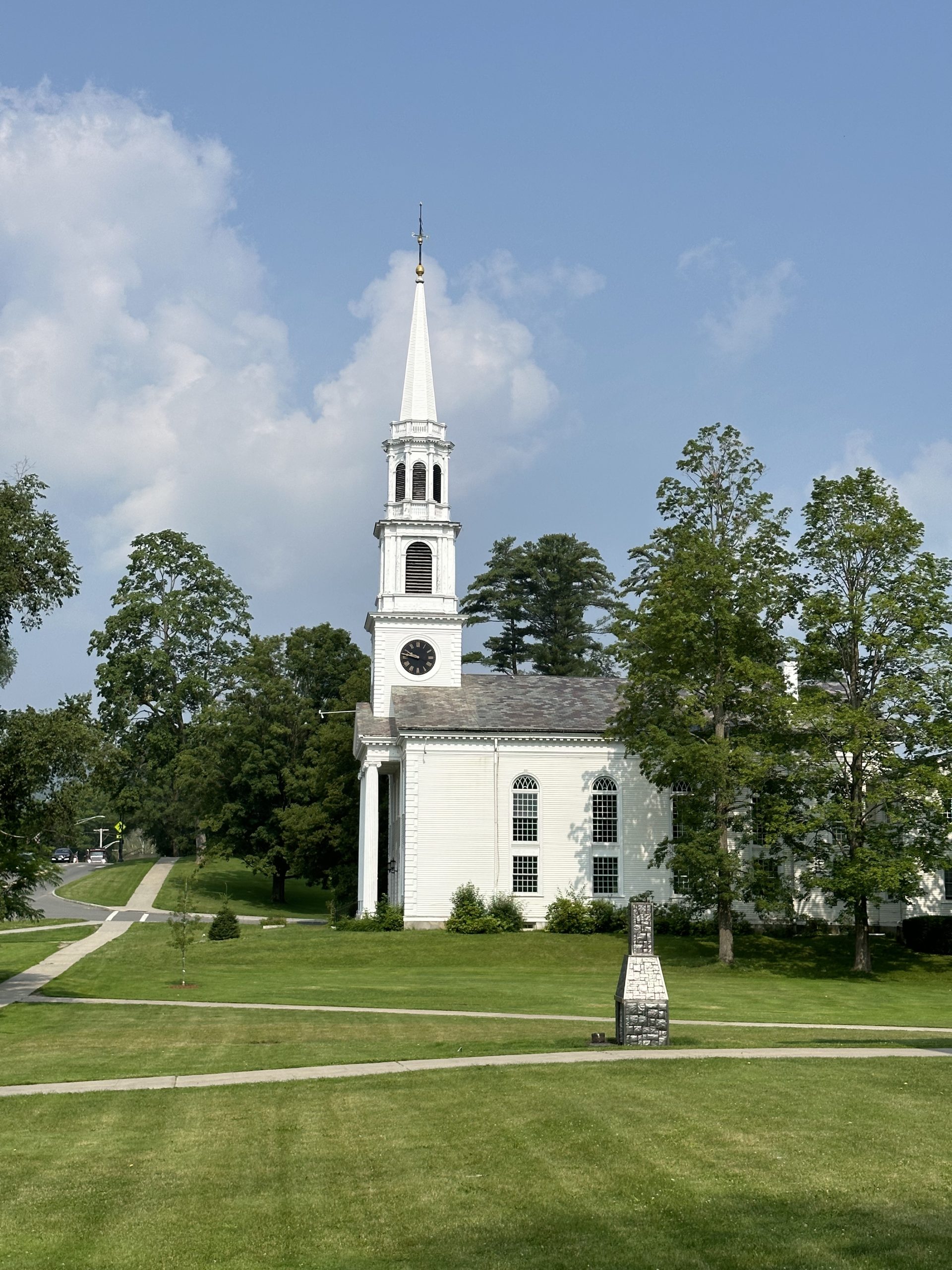
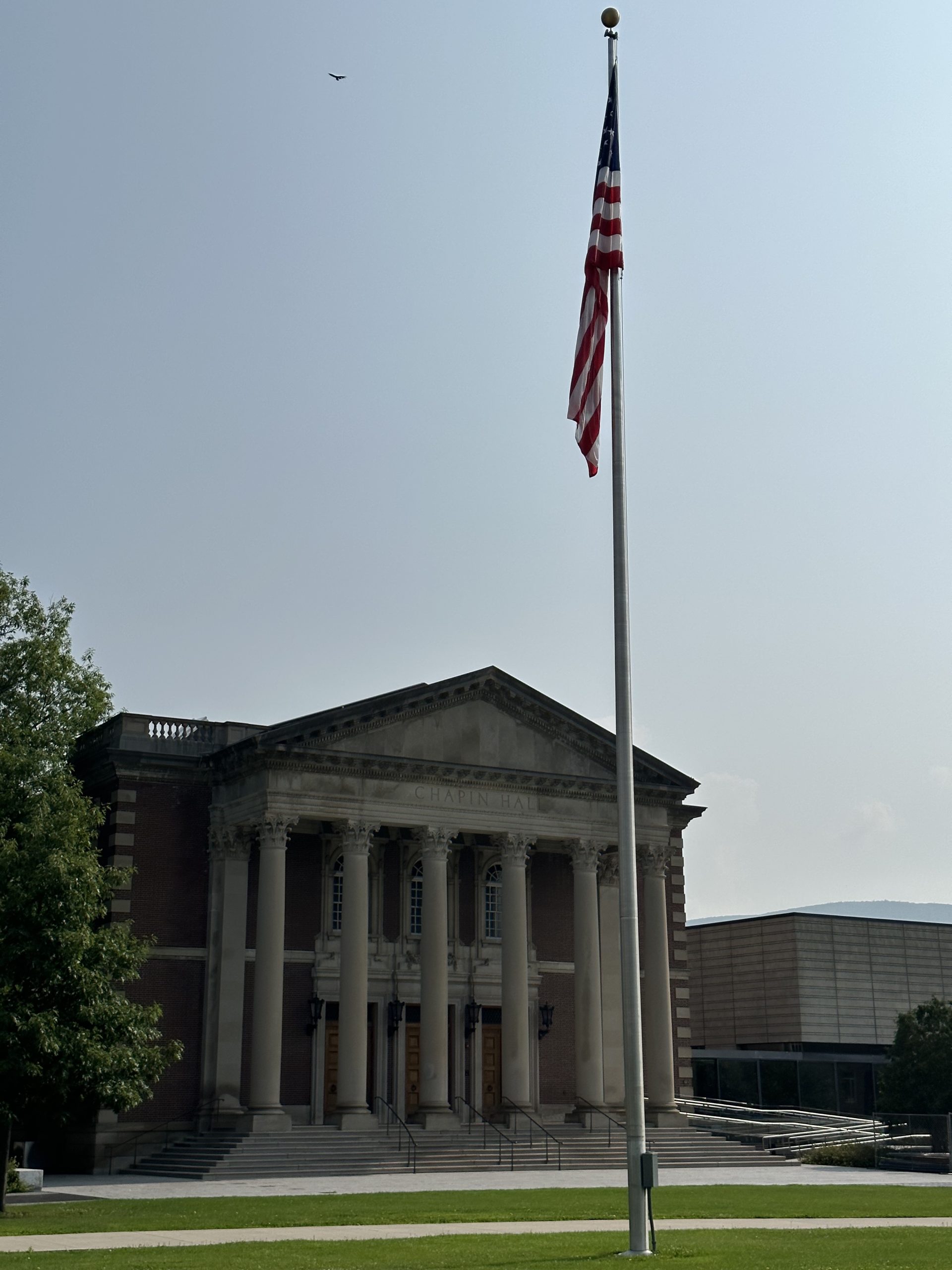
Such a beautiful campus includes beautiful housing. Upperclassmen can live in co-opts, which hire janitors to clean the living, kitchen, and bathrooms every week. As a stereotypical Chinese girl who never cleaned anything in my life, that sounds delightful. Only 60% of students who apply end up in these well-kept apartments, so it is a game of luck. Freshmen are grouped with an “Entry” in dorms, which end up becoming a group of close, loving friends. There will also be a housing advisor to socially, emotionally, and spiritually smooth over any conflicts or concerns homesick students and only children might struggle with. For example, my tour guide’s neighbor Melanie dyed her hair pink and hated it. As she frantically danced around the bathroom, its walls turned pink. Luckily the housing advisor and Melanie’s kind neighbors restored the walls to white in the end.

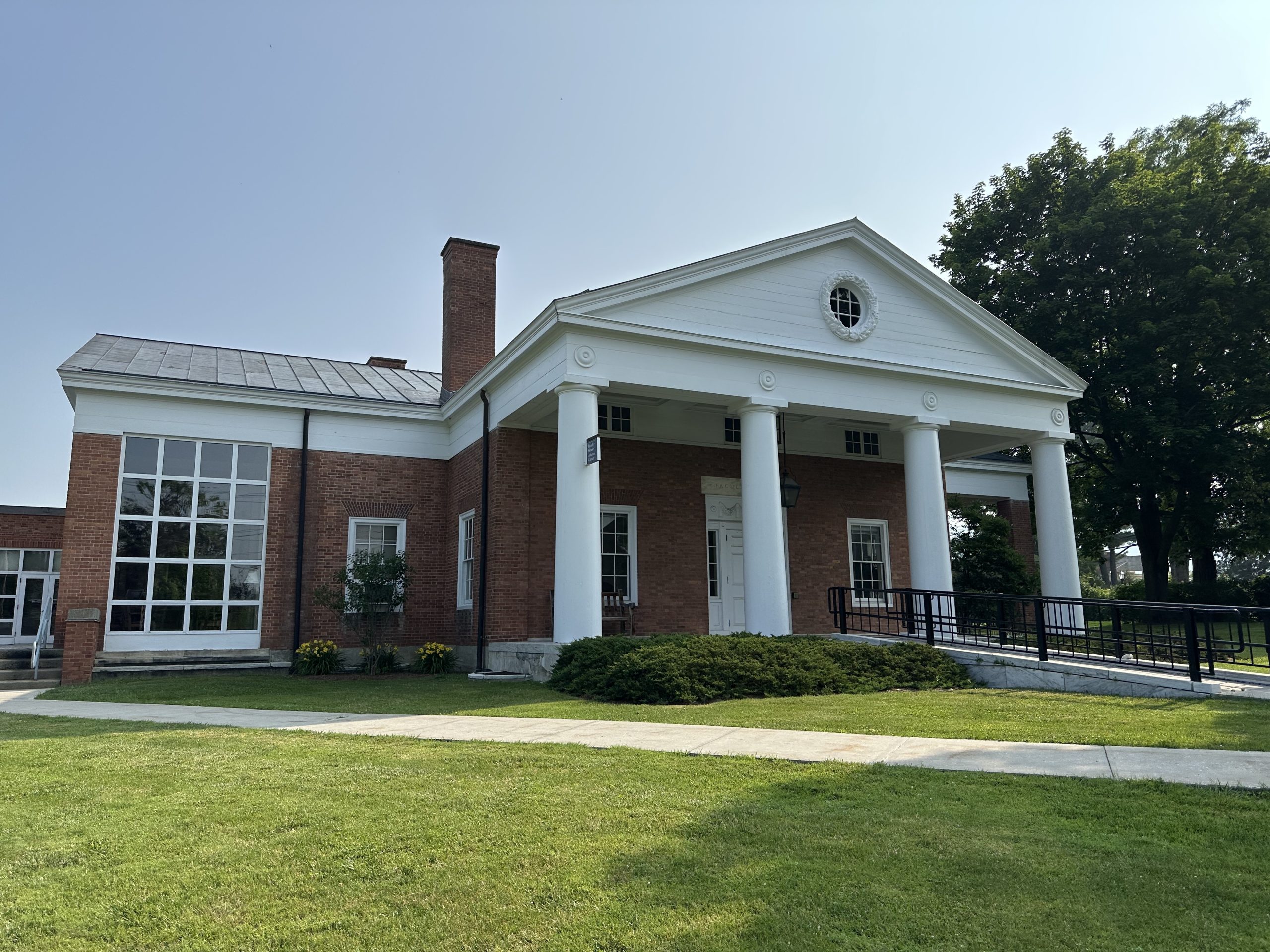
Housing advisors are caring and helpful, and professors are even better. My tour guide, Will, wanted to drop out of music class because he performed awfully on his first tests. The professors convinced him to stay, tutored him one on one, gave him extra office hours, and shaped him into a proud music major who definitely did not leave a class thinking he was a terrible student. Will also did research like a graduate student in his freshman year by simply asking a random professor he didn’t know to be his advisor who happily said yes. One of his friends got an internship at NASA in his freshman year. Professors also enjoy taking students to dinner and paying for them for no reason. The point is, William faculty members are passionate about teaching and guiding students, believing the sky is the limit.
Perhaps the most enticing program at Williams is Tutorials. Tutorials are a method of teaching and learning developed by Oxford University in England, wherein a class, a professor mentors two students. It is intense, courageous, and exclusive – only students in Cambridge and Oxford have it offered in England, and most American students can only dream about it. William is the only U.S. liberal arts college I know that offers Tutorials modeled exactly on Oxford’s system.
Freshman and upperclassmen can take tutorials in any class and as many as they like. Williams also offers British study abroad programs. Like Kenyon College and Middlebury College, two colleges I previously reviewed, Williams has the Oxford-Exeter program where students can study in Oxford and take any classes they like, all the while visiting literary landmarks in Exeter. Just imagine learning about English Shakespeare in Oxford with no major restrictions, where else will you get that opportunity? There are a million more studying abroad programs Williams College is known for, including the Mystic program for marine ecology and biology-based in Connecticut and beyond.


Surprisingly, there isn’t a single weak major at Williams. Having the same reputation as Harvard, Williams is holistic and well-rounded. That said, its most popular majors are music, fine arts, math, and economics. Every year Stanford, Columbia, MIT, and Yale math students come to Williams’ math department for research collaborations. Importantly, Williams has no minors. Rather, they are called concentrations, which are interdisciplinary topics. For example, cognitive science concentration has elements of math, psychology, computer science, and philosophy. Williams’ majors are called Areas of Study. Students must take at least three classes in arts and humanities, social sciences, and science and mathematics. Each student has an academic advisor as a VIP experience for course selection and navigation. The same pattern as before, academic advisors understand students are individuals, so they recommend classes and resources based to make academics as personal, meaningful, and enjoyable as possible.
Williams Fun Facts:
- For eagle-eyed prospective applicants, Williams doesn’t care about demonstrated interest. It doesn’t even have an interview. Think about it, does Harvard, Yale, and Princeton care about demonstrated interest? Definitely not.
- Rather, it cares about your transcript, your GPA, your extracurricular activities, your community commitments, your personal statement essay, and 1 required supplement of a designated prompt
- Or, forfeit the supplement for a 3-5 page academic paper you are proud of – it cannot be a lab report!
- If you have art and music portfolios, feel free to submit them
- Williams graduates effortlessly collect big names. They usually attend graduate school at Harvard, Yale, Columbia, University of Pennsylvania, and other top research universities. They also tend to work in Merrill Lynch, Goldman Sacs, Apple, Google, NASA, New York Times, and…I think you get the gist.
- Williams’ class sizes are actually relatively large for a liberal arts college. Some classes have 30-40 people. But of course, professors know your name and know you as a friend.
- Harvard and Yale have very competitive atmospheres, but Williams College has a profoundly collaborative environment. Students are always zealous about watching each other succeed to boost the school spirit. No one ever competes with their best friend, they compete with themselves with their best friend’s help.
- Williams has a Division 3 sports team. From 4 – 7 pm, no office hours are allowed because that time slot is for varsity and club sports team practices and let’s say, theatre rehearsals. Williams competes in the New England Small Colleges Athletic Conference (NESCAC) along with Middlebury College and Hamilton College, two schools I reviewed previously
- Williams is a rival of Amherst – their competition is legendary. More on that in my next article about Amherst College, ranked #2 by U.S. News on national liberal arts colleges
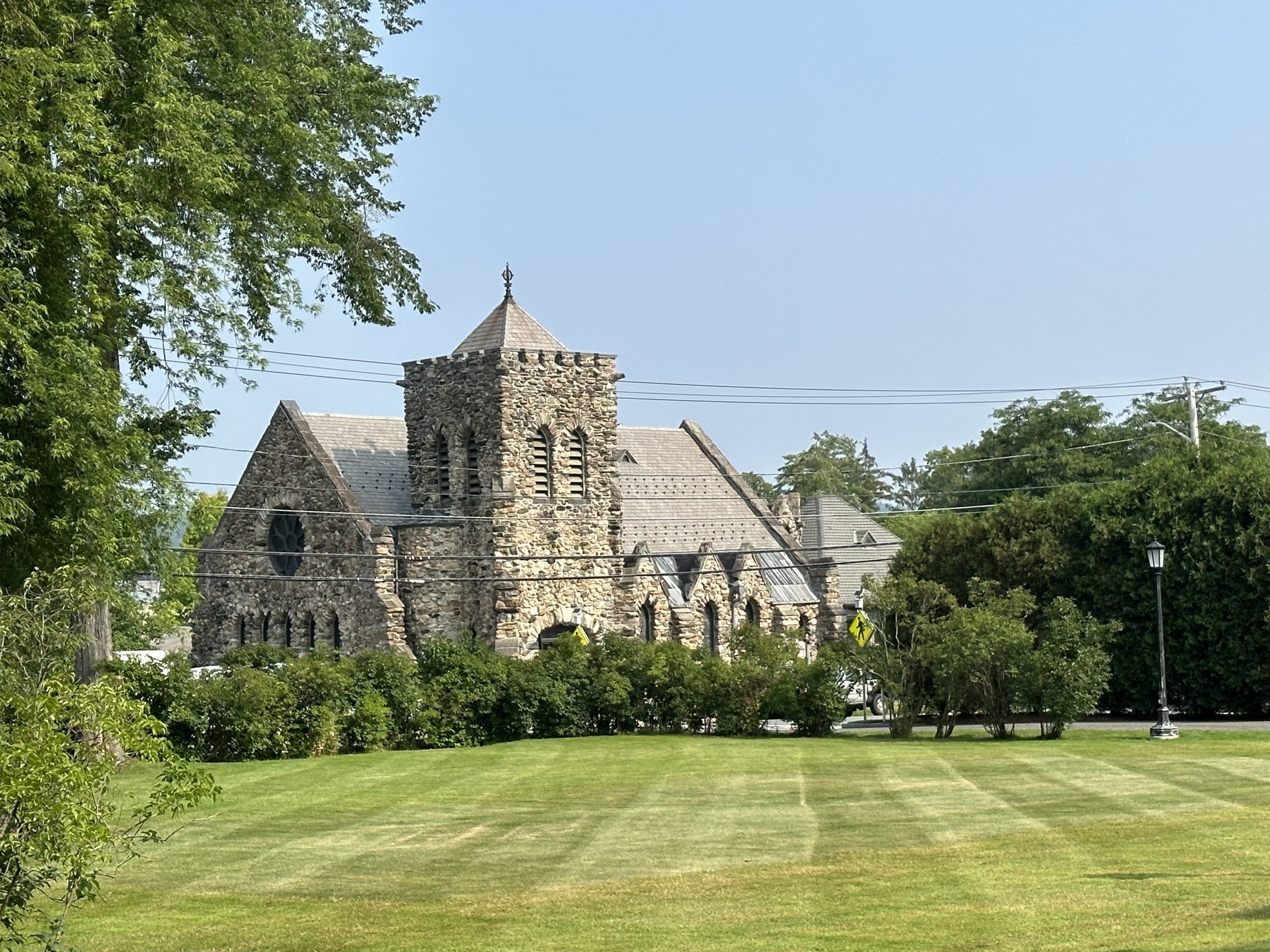
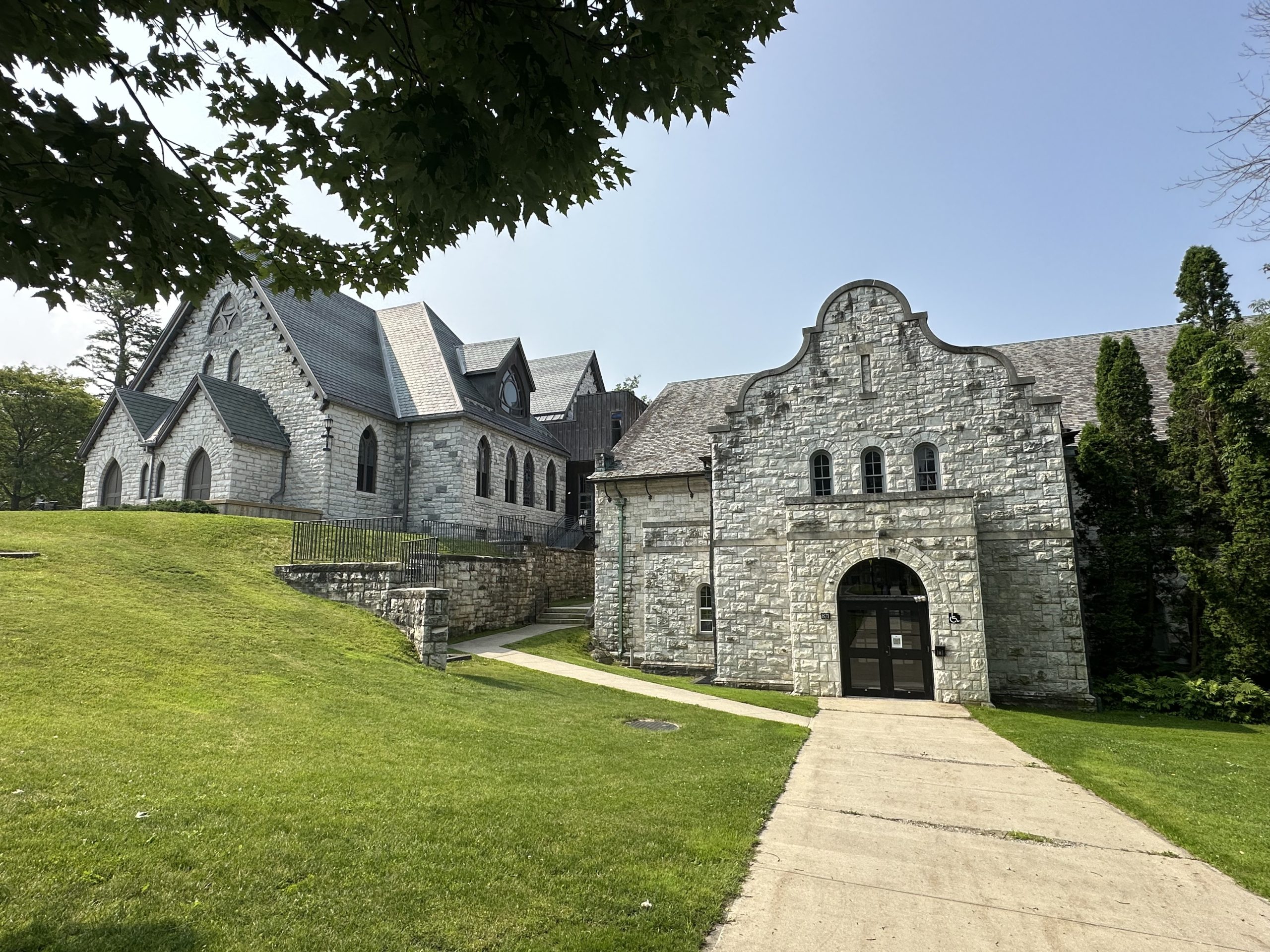
Images: Helen Wang



